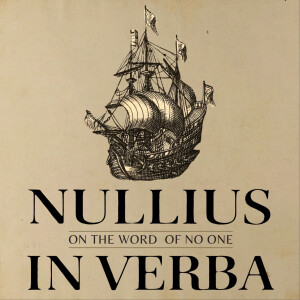
In today’s episode, we discuss critically reading and appraising scientific articles. How do we select which articles to read carefully? Which heuristics are useful for assessing paper quality? And do open science practices actually lead to better quality papers? Enjoy.
Shownotes
- Bacon, F. (1625). Of Studies.
- PNAS Submissions contributed by NAS members "The contributing member submits the manuscript to PNAS along with the names of at least two experts in the field of the paper who have agreed to review the work and brief comments about why each of those reviewers was chosen." https://www.pnas.org/pb-assets/authors/ifora-1720190309383.pdf
- How many p-values just below 0.05 should we expect across multiple tests? https://daniellakens.blogspot.com/2014/05/the-probability-of-p-values-as-function.html
- Lakens, D. (2024). When and How to Deviate From a Preregistration. Collabra: Psychology, 10(1), 117094. https://doi.org/10.1525/collabra.117094
- TIER protocol: https://www.projecttier.org/tier-protocol/protocol-4-0/
- Gino fraud investigation and excel meta-data: https://datacolada.org/109
- REAPPRAISED checklist: https://www.nature.com/articles/d41586-019-03959-6
- Yang, Z., & Hung, I. W. (2021). Creative thinking facilitates perspective taking. Journal of Personality and Social Psychology, 120(2), 278.
Version: 20241125
No comments yet. Be the first to say something!